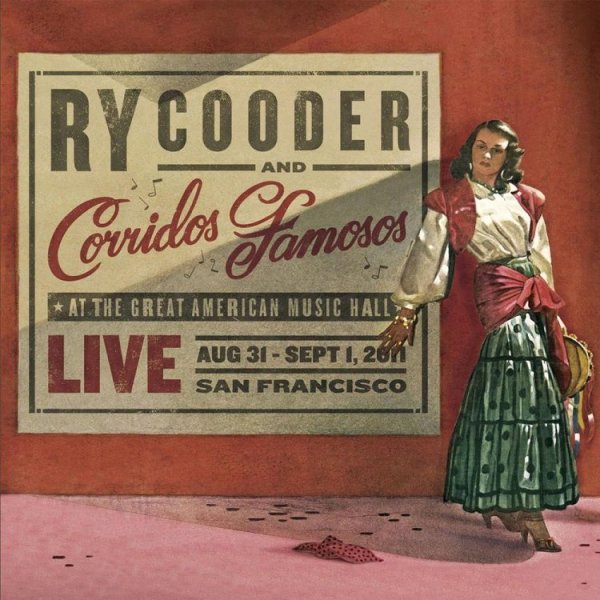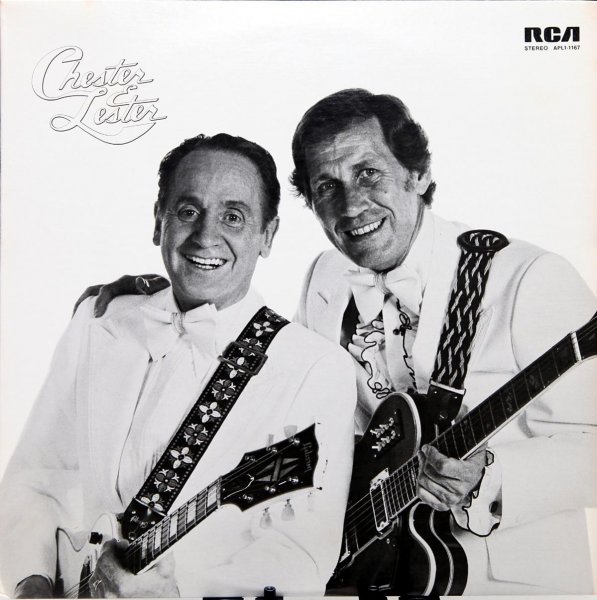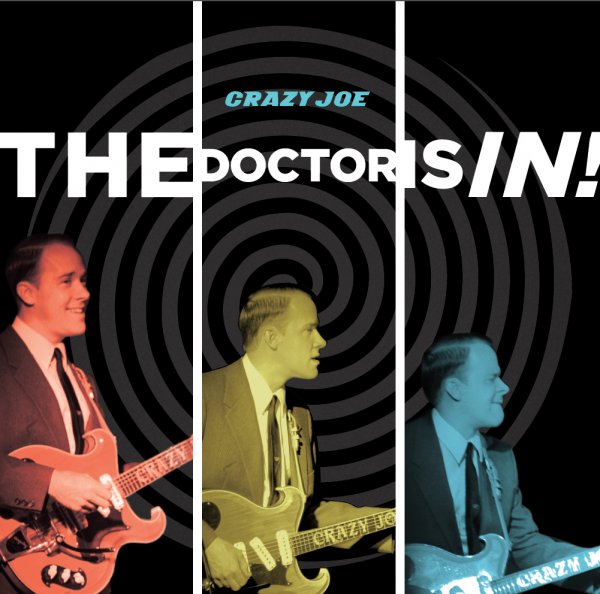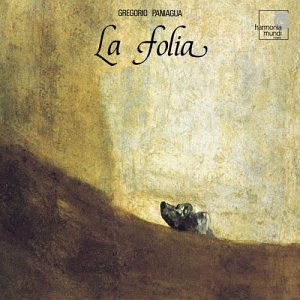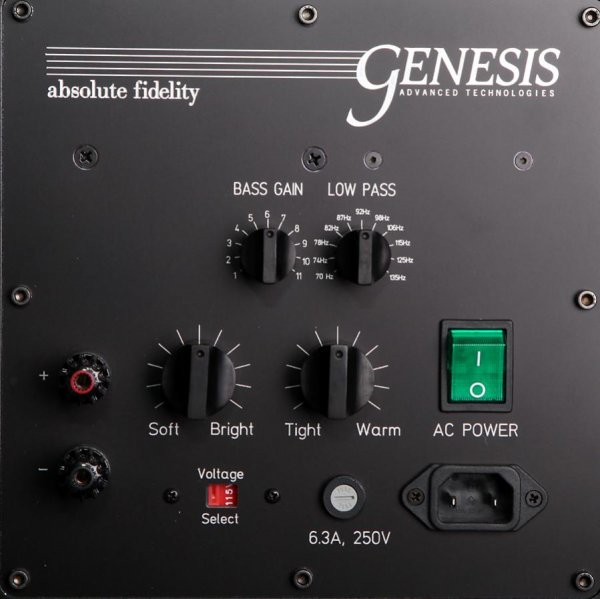One very interesting aspect of loudspeaker design is what you can hear vs what you can measure. Somethings are much more easily heard than measured. One piece in point is Antonio Joseph Bazzini's La Ronde des Lutins (Dance of the Goblins).
Different baffle material, transducer mounting, crossover points, etc. can be easily heard. If there is store/release of energy from the baffle, the very fast notes seem to blur together and the goblins glide like angels instead of making little hoppity steps. If the energy release delay is longer, the goblins can end up doing an off-beat cha cha. Damping the baffle blunts the attack of each step (the damping compound is usually not smart enough to figure out what to damp - the music or the resonance) but also gives space between the goblin's steps. Heavier baffles result in more ponderous steps. You can, however design a baffle with high Q but better damped at a narrower frequency so that it does the least wrong (assuming that there is no perfect material).
If the crossover point is too low (using the heavier titanium cone mid-bass instead of the lighter ribbon midrange) the goblins are more heavy-footed. You also don't want the transition to be heard otherwise you get two different malignities of goblins dancing. Changing the crossover-point still results in a flat frequency response - but after hearing the difference you wouldn't believe that the frequency response is still flat.
How do I know what goblins dancing sound like? It's a preference, folks. At this point in loudspeaker designing, it's all preferences.
The recording I used for this phase of the design was this one.

The Perlman performance is the best I have sonically. But the performance I favor is by Zino Francescatti on Youtube. Unfortunately I have not been able to find a good vinyl or CD recording.
Different baffle material, transducer mounting, crossover points, etc. can be easily heard. If there is store/release of energy from the baffle, the very fast notes seem to blur together and the goblins glide like angels instead of making little hoppity steps. If the energy release delay is longer, the goblins can end up doing an off-beat cha cha. Damping the baffle blunts the attack of each step (the damping compound is usually not smart enough to figure out what to damp - the music or the resonance) but also gives space between the goblin's steps. Heavier baffles result in more ponderous steps. You can, however design a baffle with high Q but better damped at a narrower frequency so that it does the least wrong (assuming that there is no perfect material).
If the crossover point is too low (using the heavier titanium cone mid-bass instead of the lighter ribbon midrange) the goblins are more heavy-footed. You also don't want the transition to be heard otherwise you get two different malignities of goblins dancing. Changing the crossover-point still results in a flat frequency response - but after hearing the difference you wouldn't believe that the frequency response is still flat.
How do I know what goblins dancing sound like? It's a preference, folks. At this point in loudspeaker designing, it's all preferences.
The recording I used for this phase of the design was this one.

The Perlman performance is the best I have sonically. But the performance I favor is by Zino Francescatti on Youtube. Unfortunately I have not been able to find a good vinyl or CD recording.


